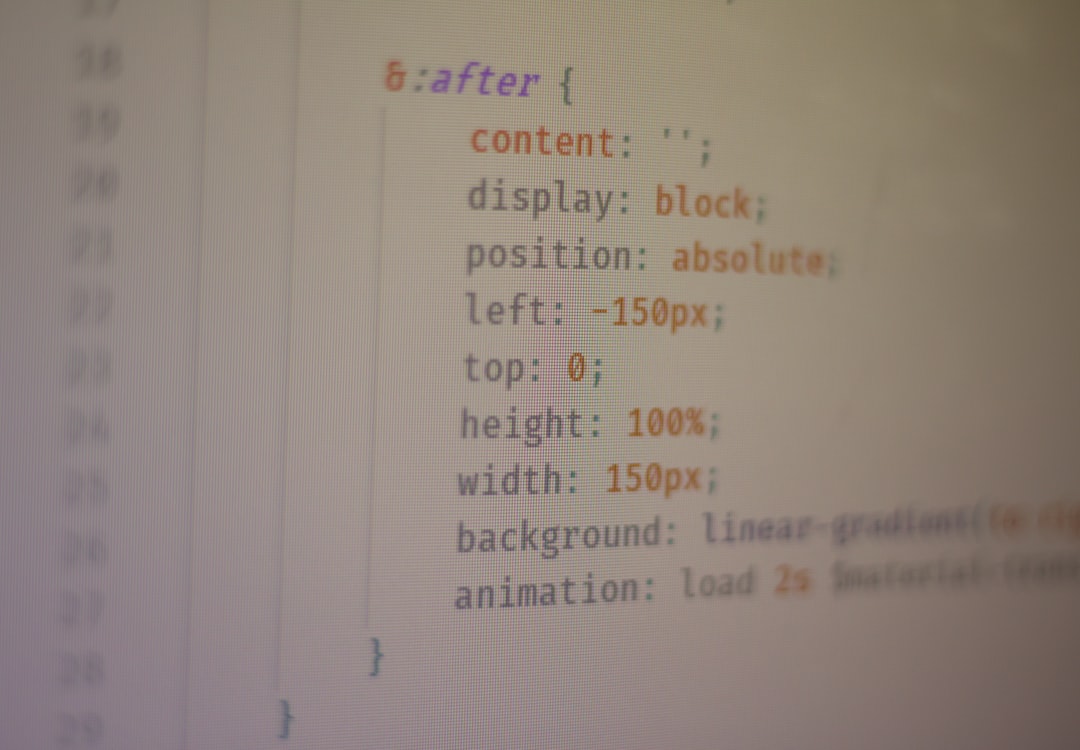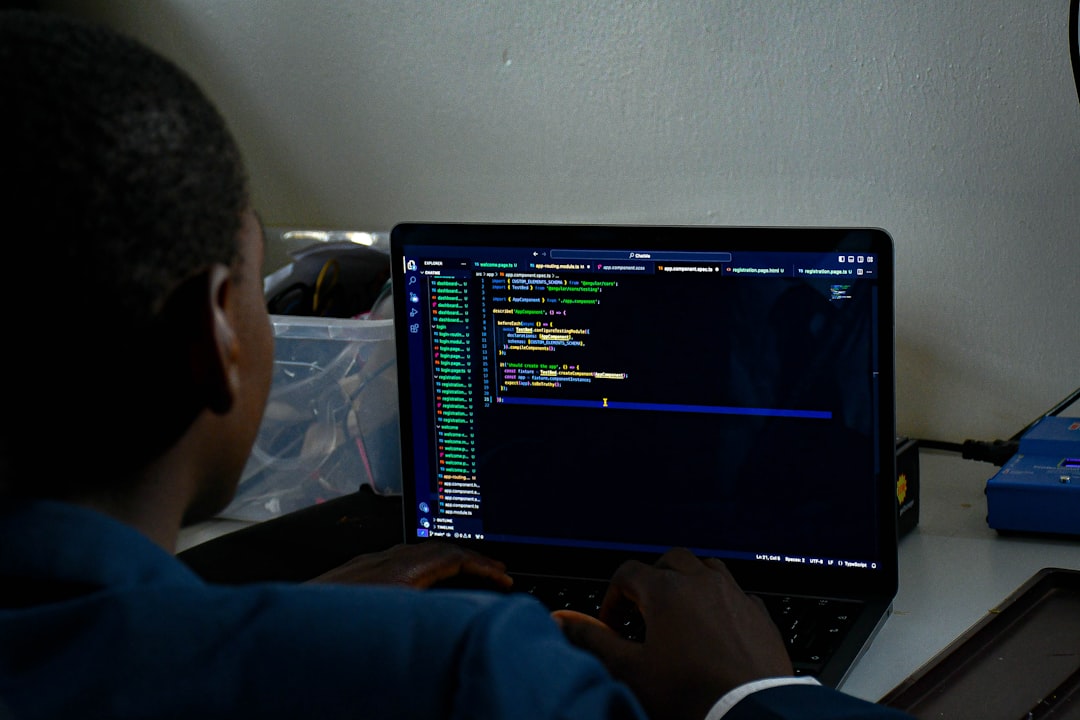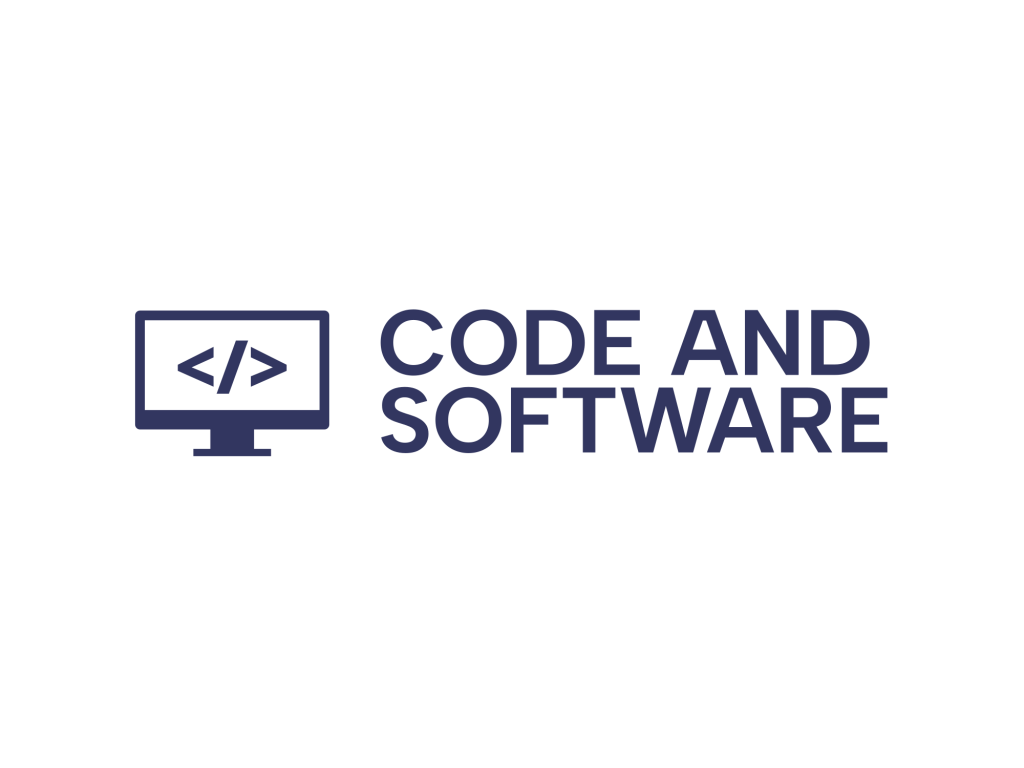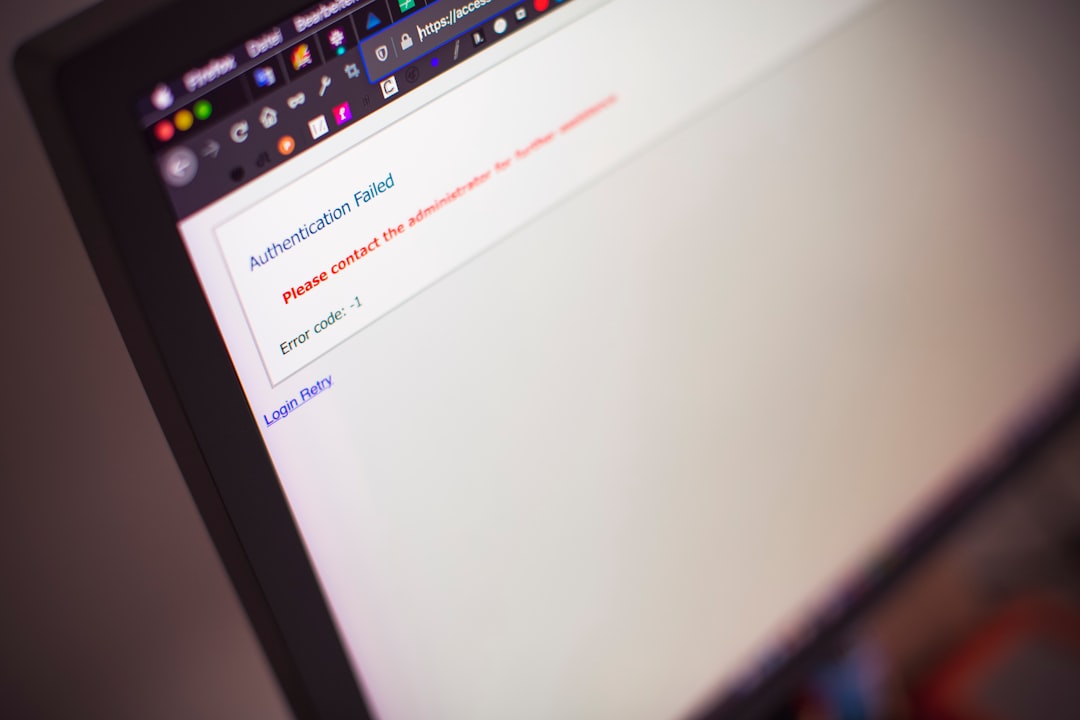With the rapid evolution of artificial intelligence in recent years, AI-generated content has become increasingly common. While much attention has focused on AI-created essays, photos, and videos, another relevant question arises: Can we detect whether a piece of code has been written by an AI? As AI-assisted tools like GitHub Copilot, ChatGPT, and others become standard in software development, understanding how to identify AI-generated code has practical implications for security, ethics, and software integrity.
Unlike natural language, computer code follows strict syntactic and functional rules. This makes the detection of AI-generated code both simpler and more complex in different ways. On one hand, AI models are trained on vast repositories of human-written code. On the other, these models may introduce patterns or styles that distinguish them from human developers.
Common Characteristics of AI-Generated Code
There are several signs that may indicate a snippet of code was generated by an AI tool. While not definitive proof on their own, these traits can provide useful clues:
- Over-Commenting or Under-Commenting: AI tends to either add excessive comments that explain the obvious, or no comments at all, depending on how it was prompted.
- Unusual Variable Names: AI often uses generic names like temp, val, or result, lacking the semantic depth we’d expect from experienced human developers.
- Redundant Code Structures: AI models sometimes repeat logic unnecessarily or fail to simplify loops and conditions.
- Perfect Syntax: AI-generated code often compiles without errors on the first attempt, which is rare for humans.
These markers can help, but they don’t guarantee the code is AI-authored. Many experienced developers may share some of these habits, especially when working under pressure or when drafting prototype scripts.

Tools and Techniques for Detection
Several analytical tools and techniques are emerging to help detect AI-generated code. These work based on pattern recognition, metadata analysis, and behavioral markers:
- Stylometry: This is the statistical analysis of a programmer’s style. Similar to how we analyze writing patterns in natural language, we can use stylometry to measure consistent behaviors like indentation, naming conventions, and order of operations.
- AI Detection Engines: Just as tools are available to detect AI-written essays, some platforms are now developing detection models for code. These use machine learning to classify whether code is likely to be AI-generated based on training data.
- Code Provenance Analysis: By tracing a file’s Git history, comments, and timestamps, one can often infer whether the code was written manually or copied from an AI-assisted tool.
An emerging field of research, known as software forensics, is also exploring ways to reverse-engineer the origin of code blocks to identify whether they were generated by humans or machines.
Challenges in Identifying AI-Generated Code
Despite the available tools, automating the detection of AI-generated code presents certain challenges:
- Blended Authorship: Often, human developers modify code suggested by AI tools. This hybrid approach makes it harder to label the code clearly as AI- or human-generated.
- Advanced AI Behavior: AI is increasingly mimicking human programming styles, including using diverse naming conventions and optimizing code. This sophistication reduces the effectiveness of pattern-based detection.
- Lack of Ground Truth: In many cases, there’s no definitive record of authorship, especially if code has been pasted directly into editors from ChatGPT or similar tools without annotations.

Why Detection Matters
Detecting AI-generated code is not just a matter of curiosity. It has practical implications across several domains:
- Educational Integrity: Understanding whether students are submitting AI-generated code helps maintain fairness in learning environments.
- Code Security: AI-generated code can sometimes include insecure practices. Distinguishing such code can prompt manual review and audits.
- Intellectual Property: Questions of copyright and licensing may arise if AI writes code derived from large public datasets.
Conclusion
While it is challenging to detect with absolute certainty whether a particular code segment was generated by AI, there are promising tools and techniques under development to assist in that detection. Researchers are working to refine machine learning-based detection, stylometric analysis, and forensic methods that can point to likely patterns of AI involvement.
Going forward, transparency in code authorship, ethical use of AI development tools, and responsible software engineering practices will be essential. As AI becomes more integrated into programming workflows, detecting its contributions becomes not just a technical task but a pressing ethical responsibility as well.


Leave a Reply